12 tips to prepare your home before winter
Here is a list of practices to adopt for the good maintenance of your home before the winter period. These practices will prevent you from unpleasant surprises this winter and this spring.
For the outside
Clean gutters and downspouts :
Debris can clog the gutters and prevent water from flowing freely. By cleaning them, you will avoid accumulations of ice on the roof as well as overflows which can bring a surplus of water on the exterior sidings as well as around the foundations which could cause water infiltration if the slopes are not adequate and/or if cracks are present in the foundation.
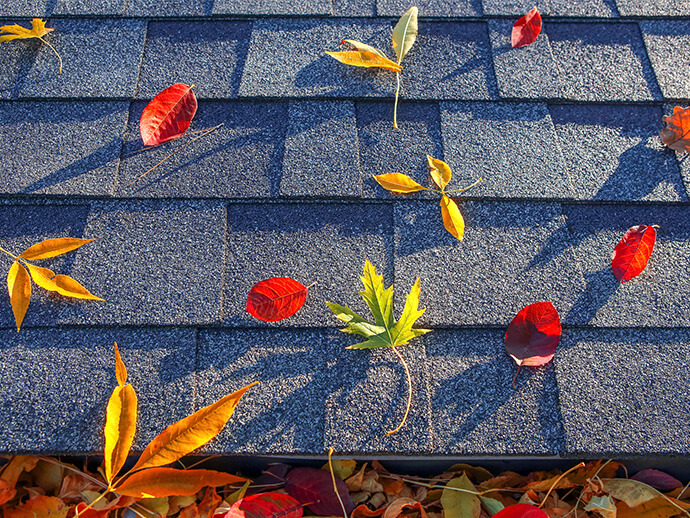
Water hoses and exterior valves :
Do not forget to unplug your garden hoses connected to your exterior valves. The pressure of water and ice in your hose could break your valve and therefore a risk of water damage inside the house. In addition, does your shutoff valve have frost protection? If the answer is no, it is important to close the interior valve connected to this pipe and drain the outside valve. In the event that no interior valve is present, it would be advisable to have one installed by a plumber.
Inspect the roof :
Regular inspection is essential to avoid water infiltration and expensive expenses. Check from the ground if your roof is in good condition. Pay special attention to metal flashing and sealant around roof vents. Are there any missing shingles that have been ripped by high winds? If you notice waves on the roof structure, snow removal from the roof should be part of winter maintenance to avoid overloading the roof structure. For security reasons, do business with a specialized company. By removing snow accumulations, you also reduce the risk of snow and ice falling on passers-by.
Inspect caulking around doors and windows :
Check the condition of the sealant around the doors and windows. If the sealant is cracked or missing, this represents a significant risk of water infiltration into your walls that can cause significant damage over time.
Regularly clear the balconies, terraces and emergency exits :
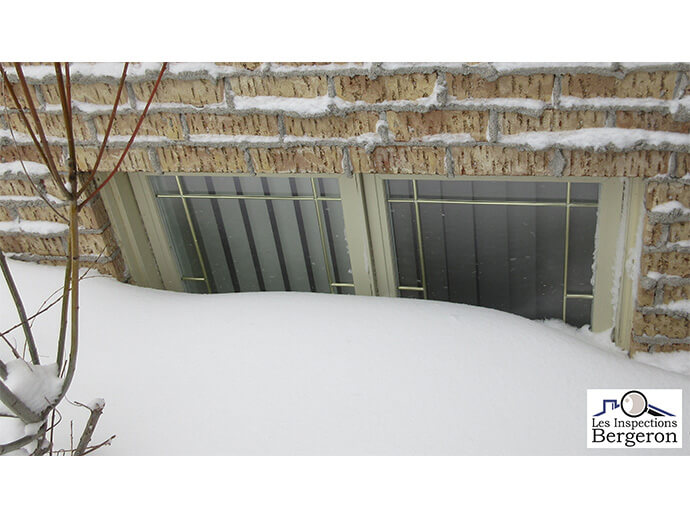
Terraces and balconies are usually designed to support this weight, but the accumulation of snow and ice could damage them prematurely. In the event of a weakness in the structure of a terrace or balcony, a significant accumulation of snow and ice could be fatal. Better to prevent.
In addition, a clear escape route allows for rapid evacuation in case of fire. Do not neglect the windows of the bedrooms in the basement.
For the interior
Clean the filters of the air exchanger and the central heating system :
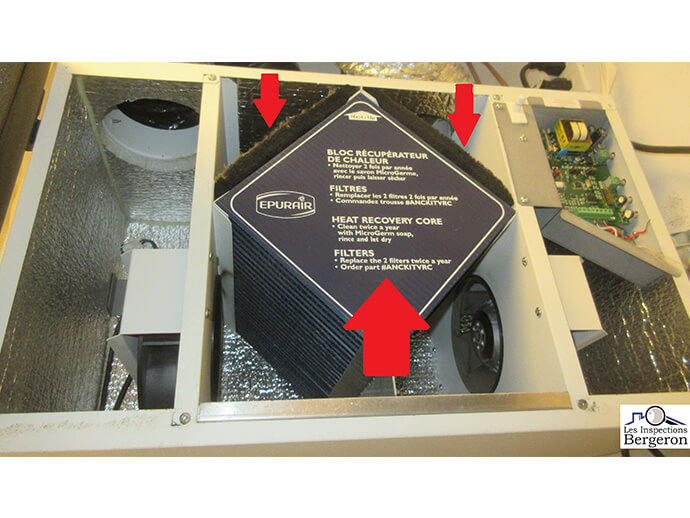
These devices are the lungs of your home. For filters, a cleaning every 3 months is recommended to keep your device clean and have a healthy air in the house. For heat exchangers and heat recovery ventilators (HRVs), the recuperator block is also to be cleaned 2X / year in soapy water. Check if a drainage pipe is present under the unit, for the HRVs, and that it redirects the water (condensate) to a floor drain.
For forced air heating systems, especially oil systems, annual maintenance by a professional is recommended. By having a well-calibrated device, you save in heating costs and avoid surprises in cold weather.
Clean your baseboard heaters. Dust (hair, dust, animal hair, etc.) can accumulate inside the appliances and as soon as they are put in function for the first time, a burning smell emerges that can affect the air quality, especially for people with respiratory problems, allergies, asthma. Lift the plate in front of the appliance and gently clean with a vacuum brush.
Reduce the condensation on the windows :
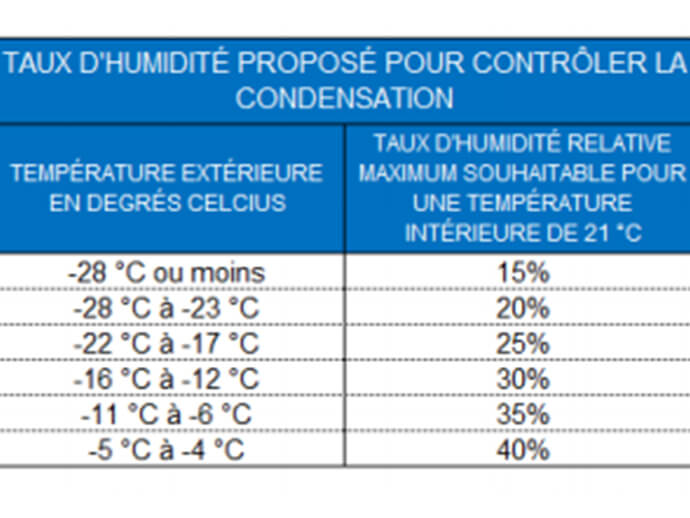
source APCHQ
Even with good ventilation, there is always a risk of condensation on the windows during very cold weather. Remove mosquito screens from the windows to allow for better ventilation up to the windows. Leave the curtains open during the night and wipe off the frost and/or condensation at the bottom of the windows in the morning. Do not forget to use the bathroom fans when using the showers as well as the range hood when cooking. The addition of a switch with an integrated timer is a good practice for bathroom fans.
If there are no bathroom fan, consider having one installed evacuating humid air outside the house and not at the attic space. Although an opened window could do some of the work, at -40C, nobody opens the windows.
Inspect Outside Registers for Dryer / Hood / Air Extractors :
Sometimes the dampers do not close completely due to the accumulation of dust. The accumulation of lint in the dryer ducts increases the risk of fire. It is therefore important to have them cleaned, if necessary, by a professional. When a damper does not close completely, this becomes a beautiful opening to invite the cold air and the critters, seeking shelter, inside!
Reduce air infiltration :
To save on heating costs, check for air infiltration in the house : doors and windows, electrical outlets, switches, ceiling lights, etc. Plastic films can be installed on old windows. Check the weather-strips around the doors and garage doors. Replace them as needed. You can also add a weather-strip specifically designed for electrical outlets and switches to an outside wall. An effective technique is to use a lighted candle or a stick of incense near the places likely to let the cold air enter. So you can easily locate these air intakes and then remedy the situation with the right products.
Stoves and fireplaces :
These devices are responsible for many fires in Quebec. Before using it for the first time in cold weather, it is essential to have the chimney swept by a professional member of the APC (association of heating professionals).
Sump tanks, pits, submersible pumps :
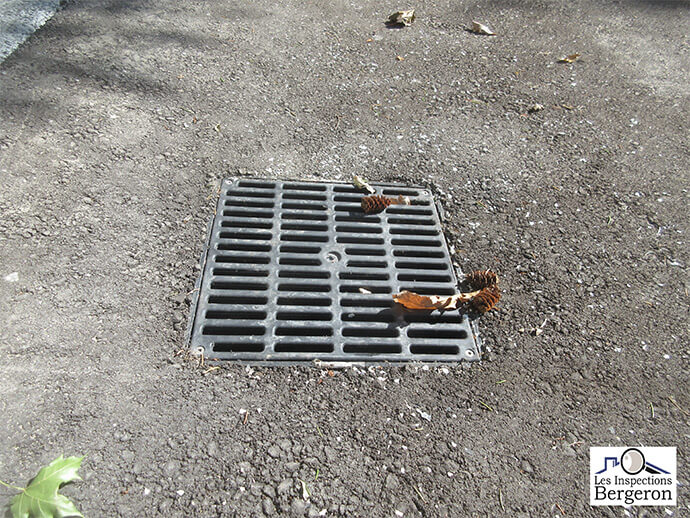
Do you have a garage drop in the basement? The sump in front of the door captures a significant amount of water during rain and snowmelt. It is essential that it be free of debris. Lift the cover, empty/clean the sump and the one located inside the garage. Do the same for the holding tank equipped with a submersible pump. Also test the pump for proper operation. Especially if you have a garage in the basement, the addition of a second submersible pump (battery) is to be considered because in the event of a power failure, the battery pump will take over to evacuate the water from the retention pit thus preventing a risk of significant water damage in the basement.
If you have a water pump or venturi pump connected to your drinking water pipe, it must be protected by backflow preventer device to protect your drinking water against any risk of contamination.
Smoke and carbon monoxide detectors :
A smoke alarm must be present on each floor to ensure occupant safety. Batteries must be replaced at least twice a year (at time changes), if it is a battery powered model. Press the 'test' button on your smoke alarm every month to check that it is working properly. Replace the detectors 10 years after the date of manufacture indicated on the case. If the date is missing, do not take any chances, replace them.
A CO (Carbon Monoxide) alarm should be installed in any building in the presence of a potential source of releasing of toxic gases (garage, oil heating, stoves and fireplaces, etc.). The presence of such a device can save your life.
